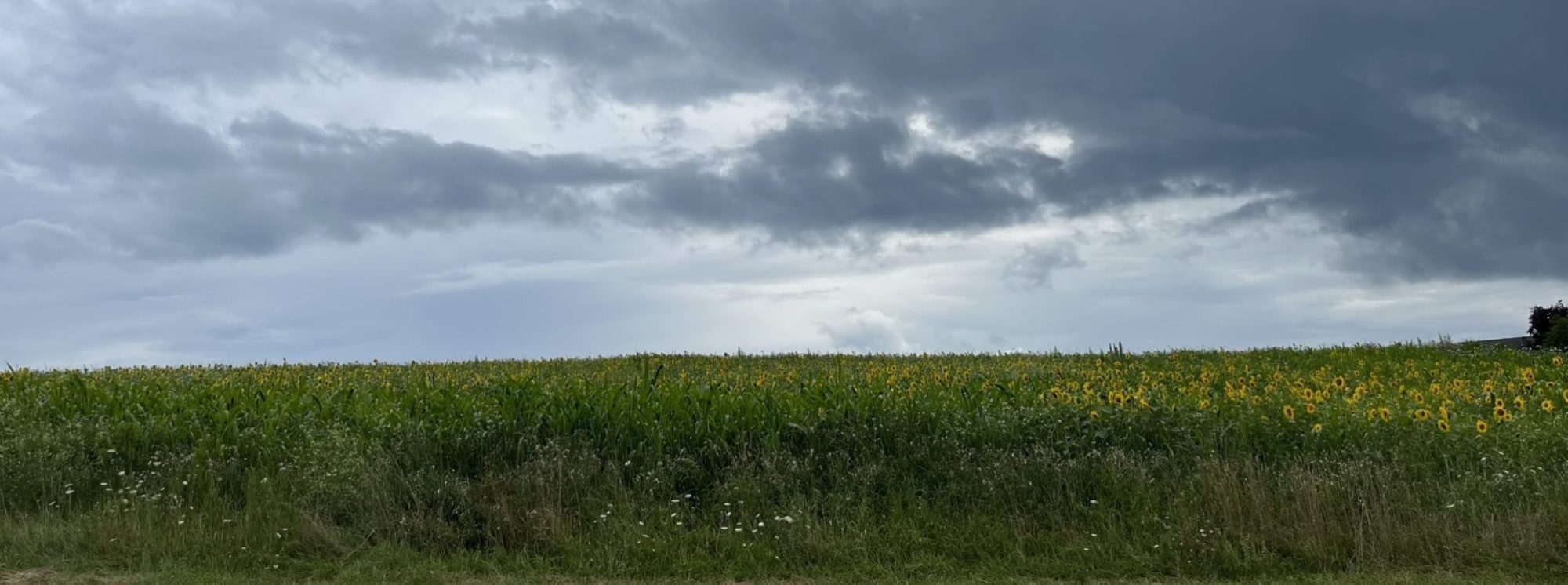When chemo finally started it was actually kind of anti-climactic. Ariella had been in the hospital a while already with the chest tube and hooked up to tubes and fluids so starting chemo was just a matter of hanging a different bag on the IV. But it didn’t take long for her to feel the side effects. She experienced nausea and vomiting and also a very severe headache when getting one of the chemo medicines. Ariella’s chemo protocol was 5 different chemo medicines, alternating between 2 and 5 day cycles. All of her chemo was inpatient (except a push of one of the meds into her IV a week following the 2 day round, in clinic) requiring inpatient stays every 2 weeks (either 2 nights in the hospital or 5 nights in the hospital, depending on which round she was on). Each round started 2 weeks after the 1st day of the previous so after those 5 day rounds she had only a little more than a week before starting the next. With each round her white blood counts dropped to 0 so she as was serious risk for infection. So going to school was out of the question. She had home/hospital schooling 3 times per week, even when she was in the hospital. By the time her counts recovered it was time for the next round of chemo. Following each round we had to give her injections daily to boost her counts for her next round of chemo. Those injections were a major source of stress and anxiety. Lots of crying and screaming and begging us not to do it. We eventually settled into a good routine with the injections but it was never easy for any of us. And they hurt. Even if the initial prick didn’t hurt so much, the medicine going in hurt her a lot. She described it as “burning.”
Ariella ran the gamut of side-effects. It took several rounds but her nausea was eventually pretty well managed. One of the medicines added to her anti-nausea regimen was Ativan which mostly helped. However at one point the nausea was really bad so they upped the Ativan dose. Ariella did not react well to that. She started hallucinating and was screaming and crying and making very little sense. There was nothing we could do but try to keep her calm and wait for the effects to wear off. Other side effects were fatigue, neuropathy (pain and tingling in her legs which was managed with Vitamin B and Gabapentin), mouth sores (thankfully only once during the entire treatment), headaches, and just generally not feeling good. Part of her protocol was taking glutamine powder 3 times/day which has been shown to prevent mouth sores. Ariella tried mixing with various drinks but no matter what had a hard time getting it down. She didn’t always keep it down either. Eventually we discovered that hot chocolate worked the best but unfortunately that ruined hot chocolate for her. She also no longer liked mint and other foods tasted weird to her. Her appetite was up and down but she did start gaining back the weight she had lost. Ariella had a Hickman catheter in which to administer the chemo. It meant she didn’t have to get stuck with a needle all the time but it also meant weekly dressing changes which were quite painful for her. It took a long, long time but eventually we found a dressing that was much easier to remove but boy did she dread those changes.
Ariella made it through the first 6 rounds of chemo without delays due to counts. This was not the case later on in treatment. She did require a few blood transfusions which was to be expected. After the first round we ended up in the hospital for a fever. Fevers are not something that can be ignored. Anything above 100.4 requires a call to the clinic and likely blood cultures to determine possible infections. If she was neutropenic (pretty much always between rounds of chemo) fevers meant admission to the hospital for IV antibiotics and because the immune system cannot fight off the infection. If fevers occurred outside clinic hours, a trip to the ER was required. We had several ER visits throughout the course of treatment. Prior to the end of those first 6 rounds of chemo we began discussing surgical options with the orthopedic oncologist. Surgery was to occur after those initial 6 rounds of chemo.
